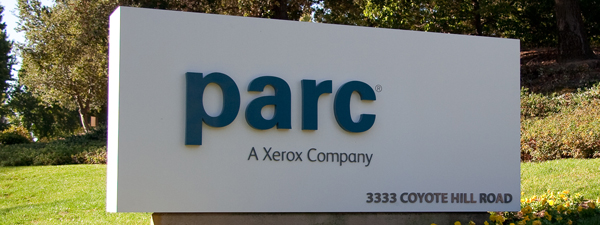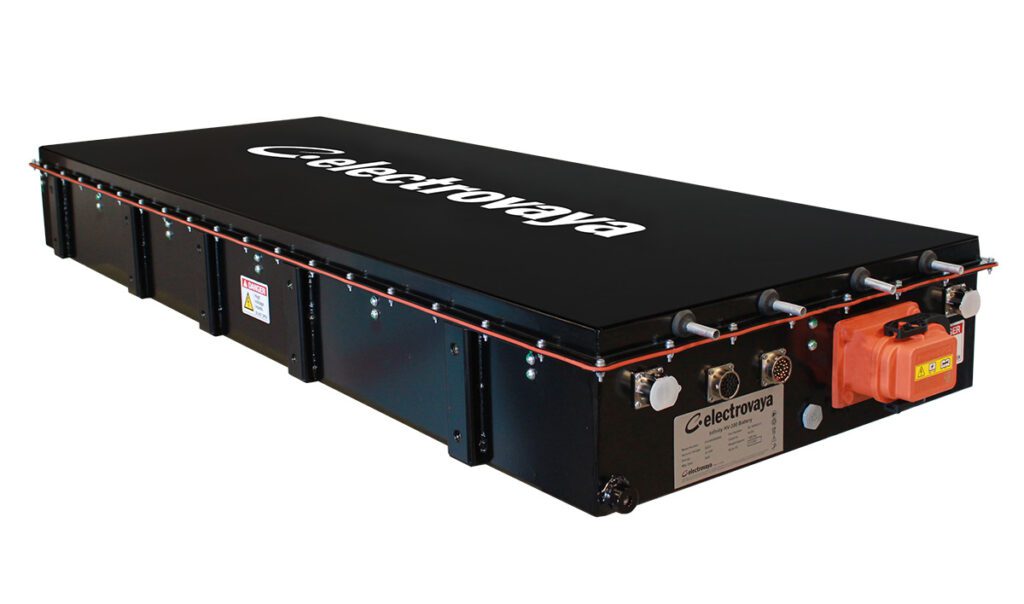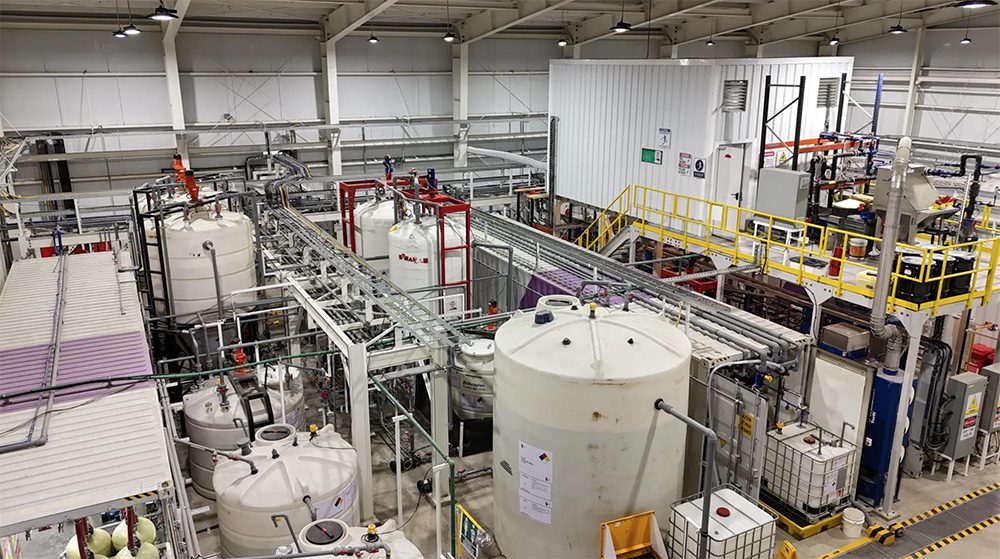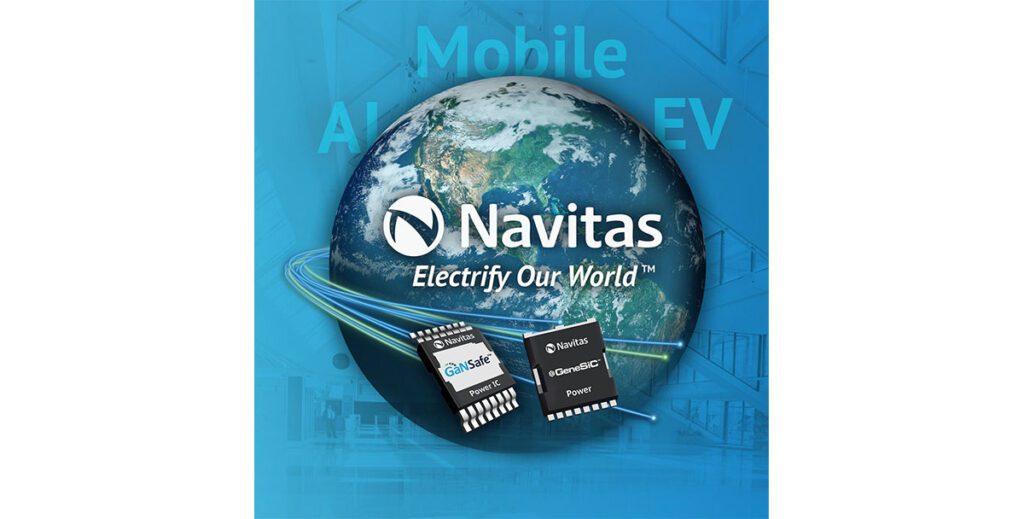PARC, a Xerox company, has launched a project with the DOE’s Advanced Research Projects Agency-Energy (ARPA-E) to demonstrate a new Li-ion battery manufacturing process that could dramatically reduce battery costs and improve performance.
The conventional manufacturing process requires that the two halves of a battery be made in two separate steps, and then combined in a third step. PARC’s Printed Integral Battery process deposits the entire battery cell – cathode, separator and anode – in a single pass. The process incorporates PARC’s CoEx technology, which it has already implemented in the manufacture of silicon solar cells.
Single pass printing of the three layers can reduce costs in deposition, calendaring, laminating, and yield loss. The structured electrodes can simultaneously increase energy density, or deliver equivalent energy density with less active material to reduce the overall cost even further. PARC says that the process can improve the performance of current battery chemistries by as much as 30%.
“PARC’s battery technology portfolio is all about allowing users to get the most out of today’s batteries,” said Rob McHenry, Energy Technology Program Manager, PARC. “We’re working on disruptive developments that address the critical challenges that are holding batteries back from taking off in industries from automotive, to airline, to electric grid support. Building on our technical strengths, we’ve developed technologies like CoEx that can deliver an immediate leap in performance to an existing battery manufacturing line, a low-cost fiber-optic sensing system that can for the first time monitor what’s happening inside of the battery in real-time to detect faults and improve safety, and intelligent energy asset optimization systems that can ensure batteries operate efficiently. With the Printed Integral Battery Project, PARC is taking manufacturing costs on in a big way.”
Over the next year, PARC, together with the Lawrence Berkeley National Laboratory, will develop the high-viscosity battery material inks capable of co-extrusion at high speed; the three-dimensional print-head configuration that simultaneously prints structured layers of cathode, separator, and anode; and the process details to ensure a reliable and high-yield manufacturing capability. PARC will then print integral batteries and document performance to help foster investment and adoption by battery manufacturers.
Source: PARC


















































































